



LADOE High School Civics | Unit 3: Political, Social, and Economic Interactions
15 items

Analyzing Major U.S. Policies
Lesson - 2 Activities
Lesson
2 Activities
45 Min
How does the United States determine what policies to implement?
45 Min

Analyzing Major U.S. Foreign Policies
Lesson
Lesson
45 Min
How does the United States determine when and how to interact with other nations?
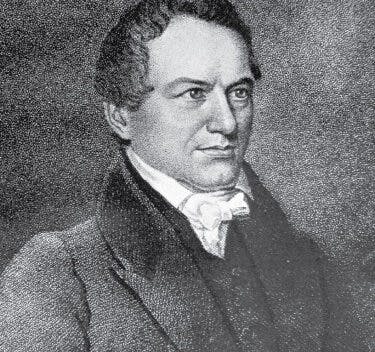
The Nullification Crisis
Essay - 2939 Words
Essay
2939 Words
Explores the nullification crisis and its resolution.
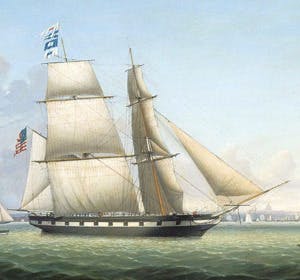
The Commercial Republic Before the Civil War, 1815-1860
Lesson - 9 Activities
Lesson
9 Activities
145 Min
Between the War of 1812 and the Civil War, the federal government largely retreated from a program of national economic development, while the states stepped into the role of economic promotion, particularly in the banking and internal improvement fields.
145 Min
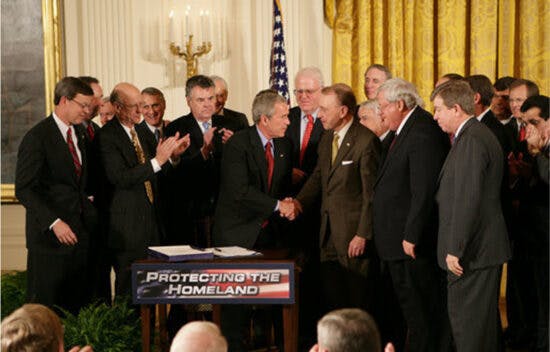
Security, Liberty, and the USA PATRIOT Act LLPH
Lesson - 3 Activities
Lesson
3 Activities
90 Min
Use this lesson after covering 9/11 to discuss the post-9/11 United States and the implications for domestic and foreign policy. This lesson can be used with the The USA PATRIOT Act Narrative; the U.S. Military Intervention in Afghanistan Decision Point; the Does the Threat of Terrorism Justify Increased Surveillance? Point-Counterpoint; and the Was the Invasion of Iraq Justified? Point-Counterpoint.
90 Min
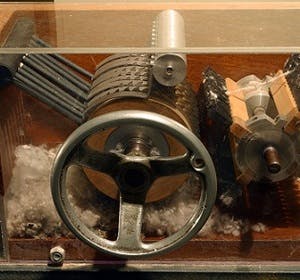
The Early Commercial Republic, 1789-1815
Lesson - 4 Activities
Lesson
4 Activities
65 Min
After the Constitution was ratified, a new government was elected and took office in 1789. The administration of President George Washington adopted many economic policies that helped to develop the new nation. Alexander Hamilton, Washington’s Secretary of the Treasury, proposed a program of federal economic promotion.
65 Min

The Civil War and the Industrial Revolution
Lesson - 6 Activities
Lesson
6 Activities
130 Min
When eleven slave states seceded in 1860-61, they left the federal government in the hands of the new Republican Party. The Republicans were dedicated above all to ending slavery and preserving the Union, but many of them also advocated a revival of the Federalist and Whig system of national mercantilism, which sought to have the federal government shape economic development.
130 Min

International Trade
Lesson - 2 Activities
Lesson
2 Activities
For all of human history, people have desired things that people in distant lands possessed in abundance. From Australian opals to Chinese silk, Greek olive oil to French wine, Peruvian textiles to Florida oranges, from South African diamonds to Cuban tobacco, we have always wanted access to the best things different places around the world have to offer.

The United States and the World
Unit - 6 Lessons
Unit
6 Lessons
This unit discusses America's impact on the world and how foreign relations affect the United States and other countries around the world.
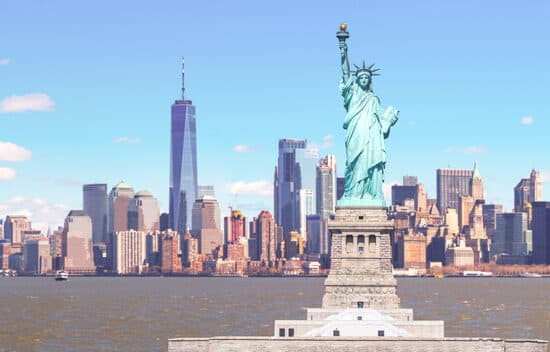
Trade Policy: Using Past Debates to Inform Current Policy Decisions
E Lesson
E Lesson
20 Min
Debates over trade policy have occurred since the Founding, beginning with even George Washington and Alexander Hamilton arguing for tariffs as a way to protect American “infant industries,” which resulted in the passing of the Tariff of 1789. Since then, debates over protective tariffs and free-trade have surfaced time and again.
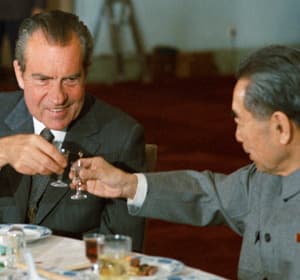
International Relations and the Constitutional Separation of Powers
Lesson - 5 Activities
Lesson
5 Activities
In 1787 the Constitution granted significant new powers to the central government, including those traditionally held by sovereign nations. In response to Anti-Federalist concerns about a too-powerful central government, James Madison explained that the new system of government was designed to work with human nature.
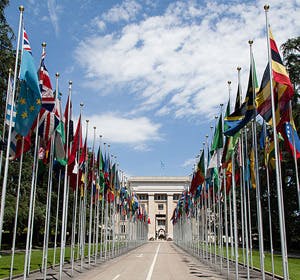
United Nations
Lesson - 6 Activities
Lesson
6 Activities
105 Min
As World War II raged, U.S. President Franklin D. Roosevelt met with Stalin and British Prime Minister Winston Churchill at the Tehran Conference in 1943. At this war strategy meeting, Roosevelt, Stalin, and Churchill decided—among many other things—that a new body should be formed to replace the League of Nations and that the United States would be a part of the new body. In 1945, representatives from fifty nations met in San Francisco to write a charter for the new organization, the United Nations (UN).
105 Min

International Relations: United States Cooperating in UN, NATO, NAFTA, and USMCA
Lesson - 1 Activities
Lesson
1 Activities
90 Min
How do international organizations and agreements shape political and economic collaboration on a global scale?
90 Min

International Law in the Post-War Era
Lesson - 1 Activities
Lesson
1 Activities
40 Min
How has international law developed and what challenges has it faced after WWII and the Holocaust?
40 Min
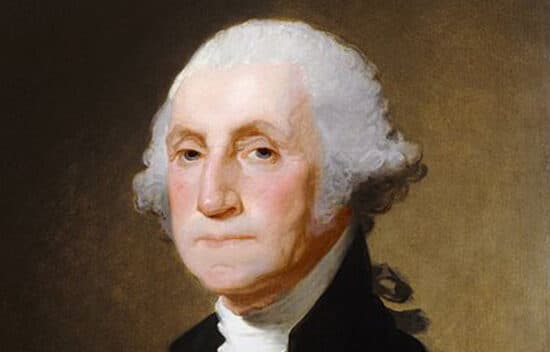
The President as Chief Diplomat
Essay - 1301 Words
Essay
1301 Words
This is an introductory essay from Presidents and the Constitution.